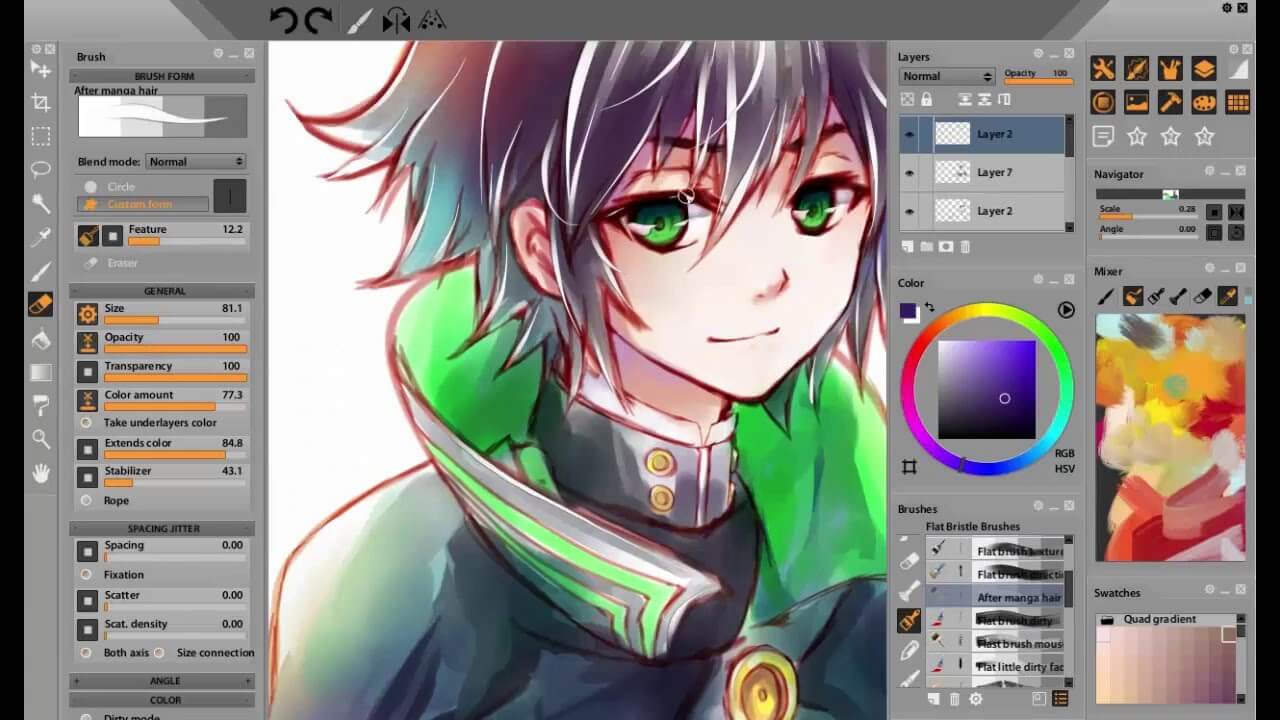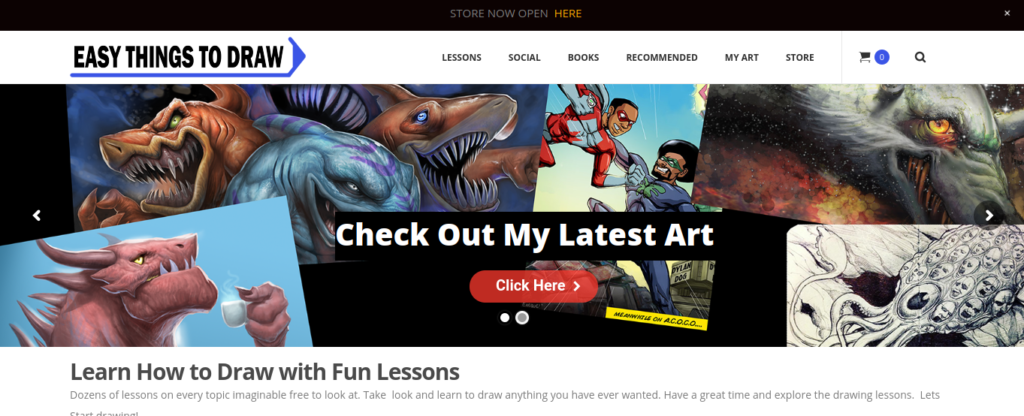

“It’s part of Asawa’s penchant for scavenging, and for seeing things in the world around her and turning them into mark-making tools,” said Conaty. According to Contany, Asawa found the stamp while working in the Black Mountain College’s laundry room making art out of found objects was to become a lifelong practice that would see her also using potatoes, bike pedals, fish and leaves, among other things. In its cramped, tilting columns and its movement from compression to spaciousness, the work takes on a mesmerizing quality. She took these lessons with her throughout her life.”įrom this period comes an absorbing, stamped ink piece in which Asawa repeated a stamp reading “DOUBLE SHEET” up and down a piece of paper. The resonance of the teaching at BMC was something we really wanted to bring out in the show. A lot of these ideas were part of her learning environment at Black Mountain College.

“As Asawa once explained, it wasn’t about graduating from paper to sculpture, it was about graduating from paper to paper.
ART DRAWING WEBSITES FOR HOW TO
“Albers taught his students not how to draw but how to see,” said Conaty. Through Line grounds itself in Asawa’s time at Black Mountain College, where she both began experimenting with wire sculpture and absorbed lessons about art that she would carry through her life. “Being a drawings curator, when you see someone with such simplicity and yet technical dexterity – the playfulness, the life in her drawings, it all really bowled me over.” “At that moment, I just thought, ‘this is just beyond my wildest expectations!’” she said. As Conaty got to know two of Asawa’s children, she was able to see her drawings firsthand, and what she saw amazed her. For Conaty, this print was a way into Asawa’s world, and more and more she began to appreciate Asawa as an imaginative creator and fierce advocate for the arts. Photograph: Courtesy David ZwirnerĬonaty has long been a fan of Asawa’s drawings: one of the first prints she purchased as a curator when she arrived at the Whitney was one that Asawa made by stamping it out with a potato as her implement. Untitled (WC 252, Persimmons), from 1970s–80s by Ruth Asawa. “It was this critical part of her life, a place where she was able to play out so many ideas.” “Drawing was her center of gravity,” Conaty told me during an interview. As part of that re-evaluation, Through Line is an attempt to open up a new side of Asawa’s art, one that meshes with a central aspect of her art practice.

She fell into relative neglect until very late in her life, and finally began to receive her due after her death in 2013. She began experimenting with them in the 1940s while a student at Black Mountain College, studying under the likes of Josef Albers, Merce Cunningham and Buckminster Fuller, and she began earning substantial attention for her sculptures throughout the 1950s.īy the late 60s, however, Asawa’s star was declining – there was little room for an Asian American mother of six in the art world of the era. Asawa is best-known for her elaborate hanging wire sculptures – sinuous, organic-like forms that stretch on and on in intricate, interleaved chambers, bearing a mysterious presence and casting extraordinary shadows.


 0 kommentar(er)
0 kommentar(er)
